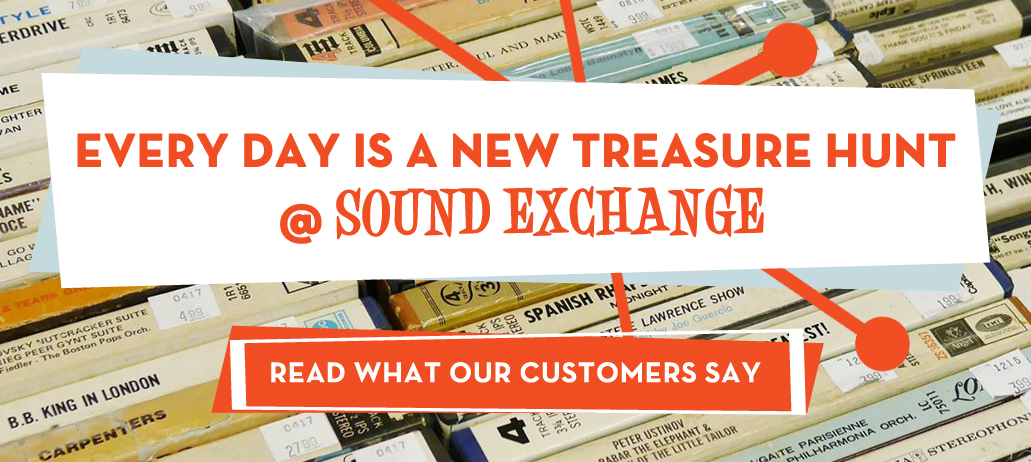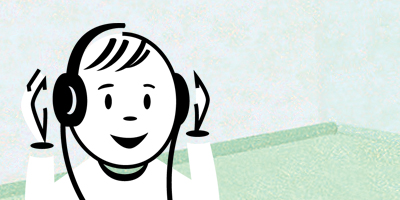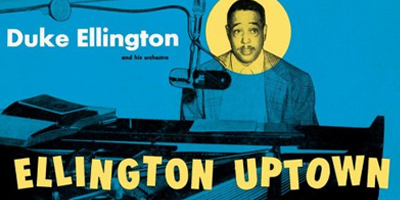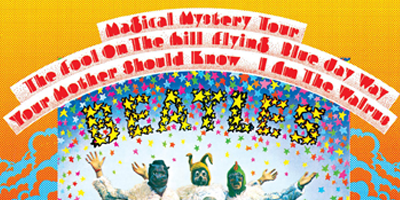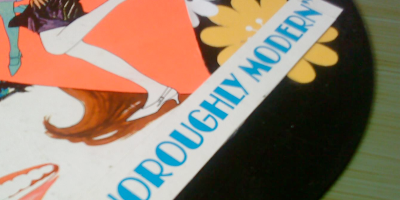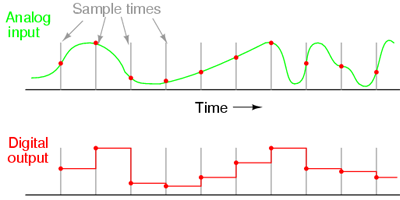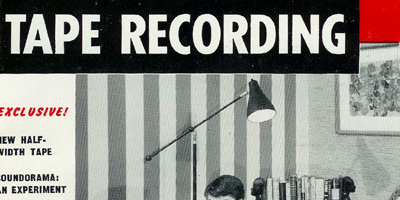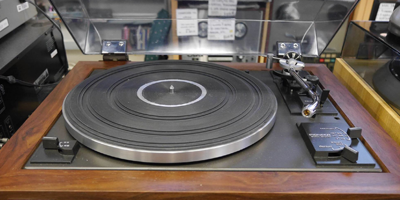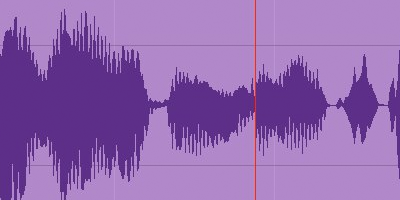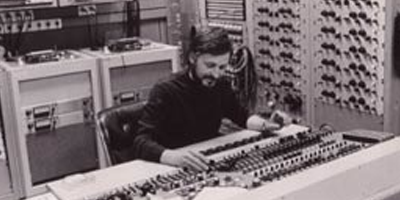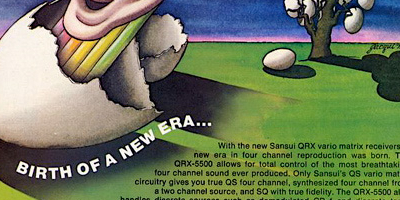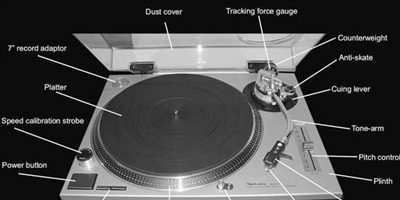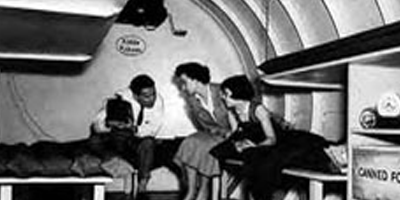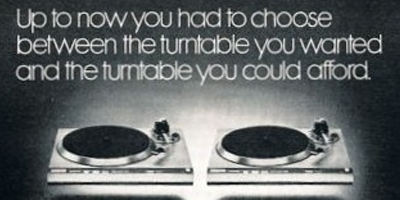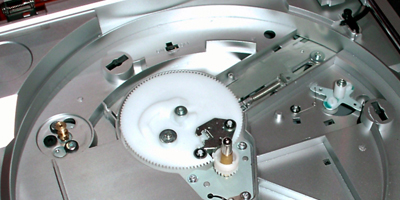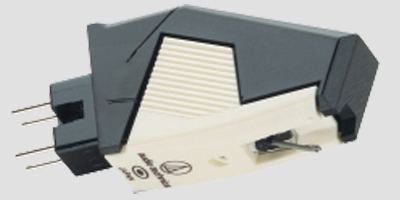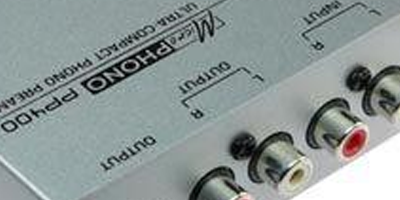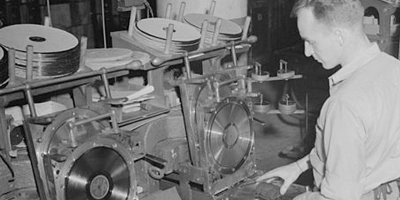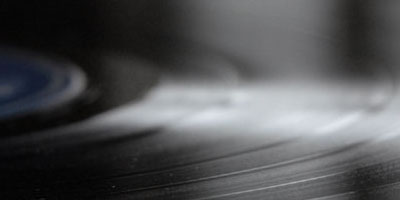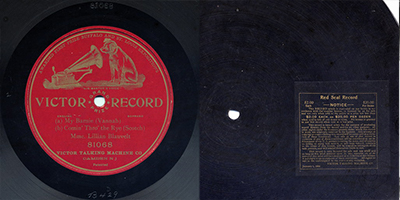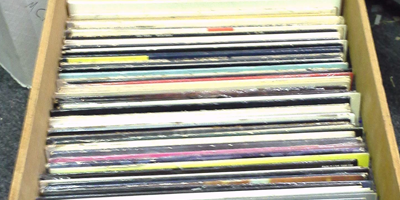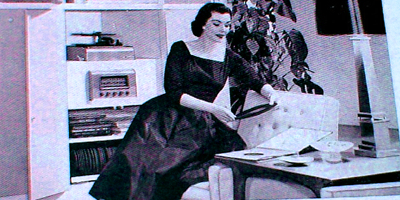Let’s talk about CDs.
First you must remember that the specification for CDs was developed way back in 1979. At that time the cost of electronics was quite high compared to what it is today, particularly as it relates to their speed.
The CD specification just barely covers the audio spectrum that the human ear can hear, that is, 20 cycles to 20,000 cycles per second. This represents the lowest and highest sounds that a typical ear can hear although many of us hear though a substantially narrower range, and a few of us can hear beyond this range.
The CD specification for the sample size and sampling rates were still relatively far from 100%. But if the engineers tried to provide a better specification for CDs in 1979, the cost of the electronics in a CD player would have made the product cost-prohibitive except to the very high end of the market. But newer specifications for digital representation, such as SACD and DVD-Audio, have substantially improved upon the CD specification and are quite good and remain very affordable. They have accomplished this by improving the sample size (increased definitions) and increasing the sampling rates (more samples per second).
It is important to remember that when playing a CD you are not actually listening to the CD, but rather the digital code that is read via laser optics which is then transformed into sound. As long as the code can be read you will get 100% of the sound that it represents. There is no difference between a good read of the code and a pretty good read. It either reads it or it doesn’t which is to say that there is no degradation of quality on a CD as long as it can fully read it. When a little bit of the code is missing due to a scratch or a manufacturing flaw–which exist to some extent on all CDs– the engineers had a solution for that as well called Error Correction Code. Only when big chunks of code are missing do CDs fail to work properly.
In all fairness to the commonly available CD, it cannot be judged solely on its audio abilities. Where CDs really shine compared to vinyl records is in the lower cost of producing high quality results and with their greatly improved portability and reduced storage space.
For me personally, the absolute best feature of a CD has to do with a CD player’s “Random Play” feature. I like nothing better than to have the CD player play Disc Jockey all day by loading a bunch of CDs of a similar genre into the machine and pressing “Random”. I particularly enjoy the segues from song to song; while many are ordinary and some are even bad, every once in a while it hits on a combination that is just brilliant. And I can go about my business while enjoying uninterrupted music all day.
 Sign Up For Our Newsletter
Sign Up For Our Newsletter


